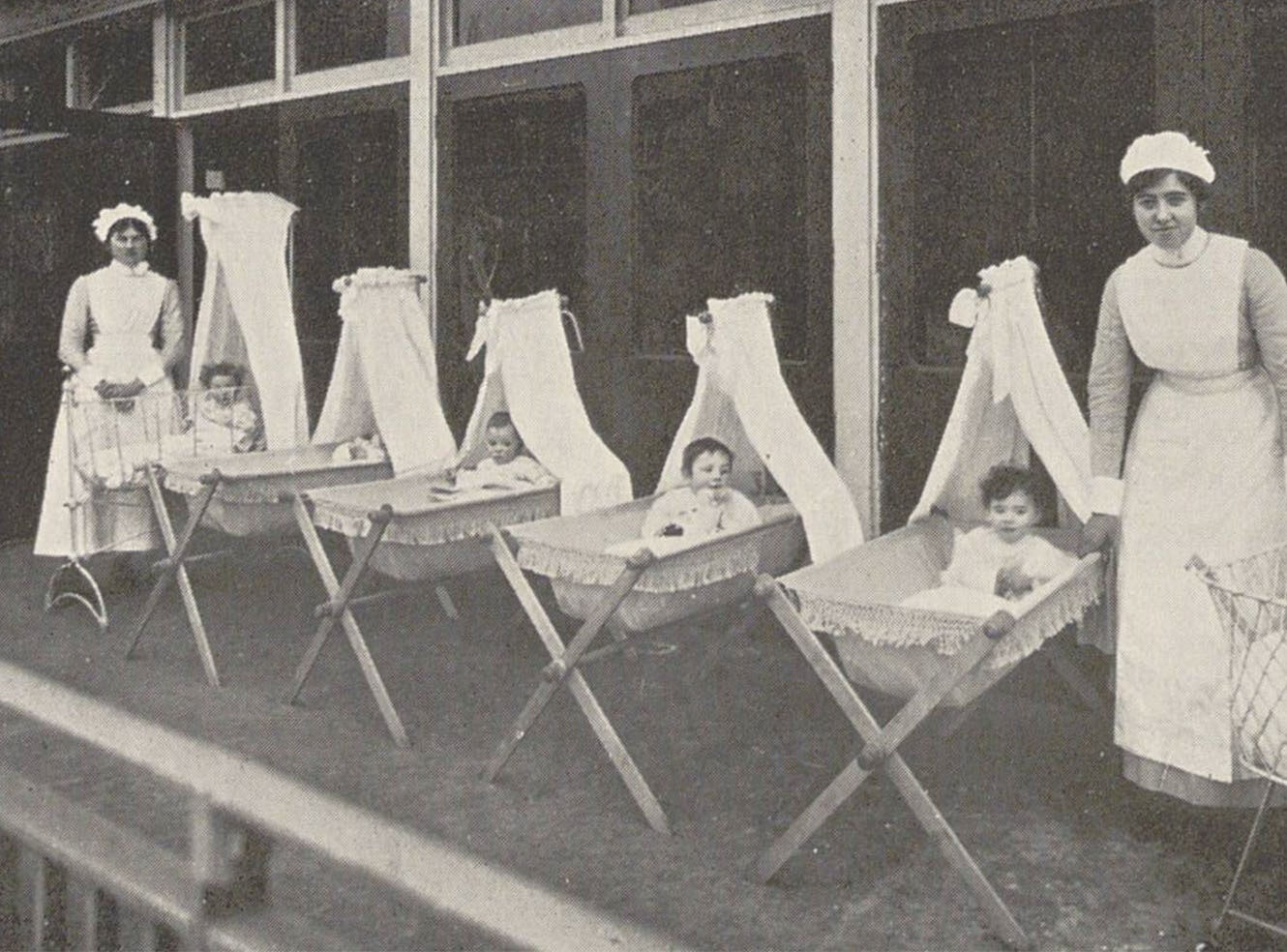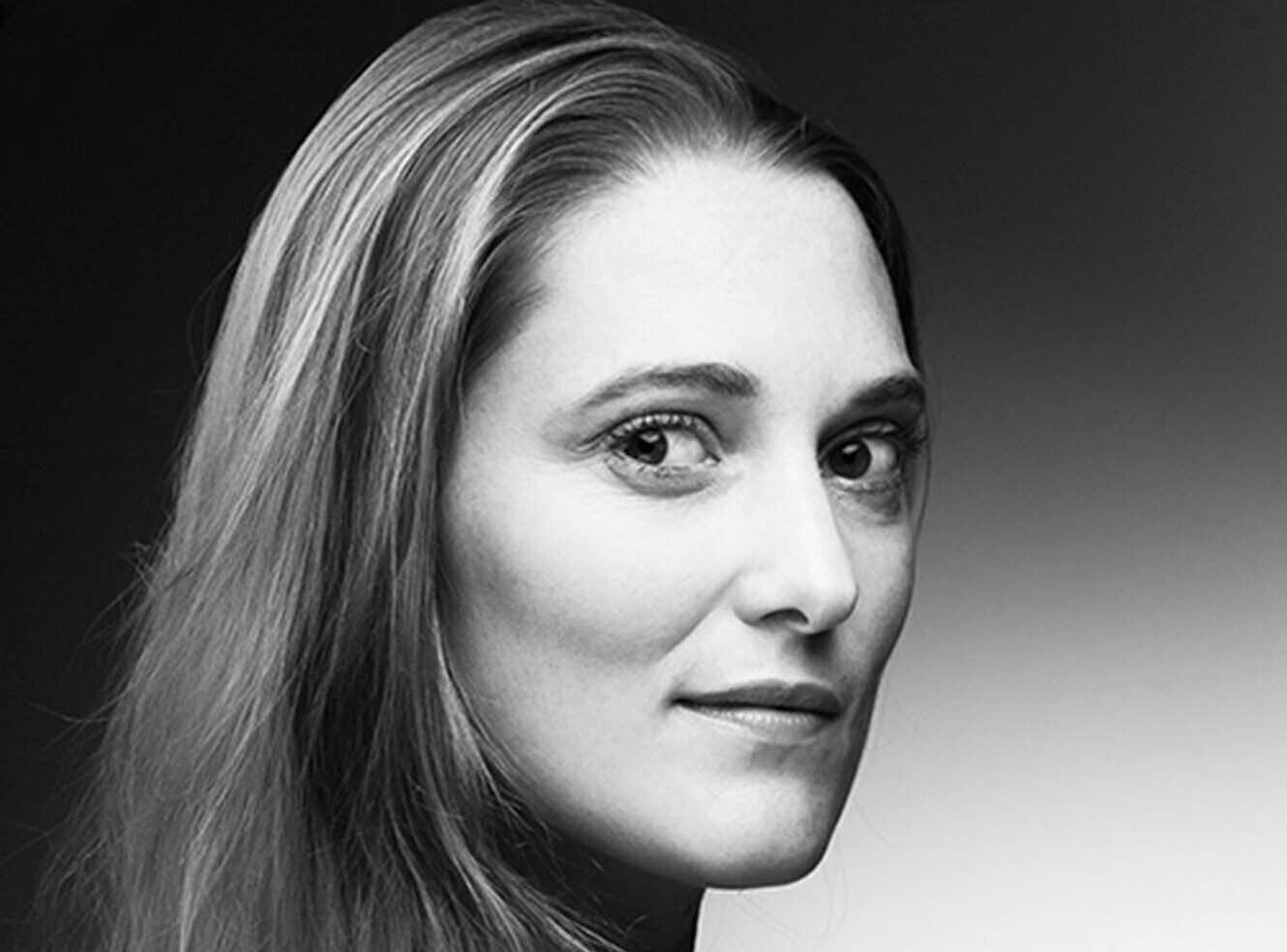Photographing Flanders Fields
Our editorial team here at Adam Matthew are currently busy at work with the upcoming digital project The First World War: Personal Experiences which is due to be released later this year. I am delighted to be part of the team for this project as the First World War has been a pet interest of mine for a long time, an interest aroused not least through my own family history.
Sitting quietly in a drawer in my family home in Dublin are two “Dead Man's Pennies”. This is all the evidence that remains of my Great Grandad’s two brothers’, Patrick and Edward Andrews, involvement in the conflict on the Western Front in 1917. Needless to say it was difficult not to imagine their mother’s heartbreak when this grave delivery arrived at her door.
Last month I spent a week in Belgium with my colleagues David Tyler and Delyth Reid, working on the First World War project. We spent the first few days in the Flanders area near Ypres in Belgium. Unlike in my home, where the visible history of the First World War is generally hidden away in a drawer, in Ypres and its surroundings it is a different story altogether. Here, the history is present all around and the memory of the war preserved for posterity and for the flourishing tourist industry in the region. We spent three days working here with Theo and Wesley from Punch Photography in order to visually capture the reality of the trenches and create a sense of the personal physical experiences of the soldiers.
At school and university I fancied that I had a fairly solid understanding of the origins and course of the war, but I now feel that I had very little appreciation of the reality of the trenches and the lives of soldiers like Patrick and Edward. Our three days in Ypres were quite active and involved handling a lot of the equipment and possessions of soldiers as well as getting our wellies on to document some preserved trench systems. Bumping our heads became a common feature of the trip and my incident happened while down a very long dark tunnel, plotting a plan of a trench system. The lengths we go to for history research!
Theo and Wesley captured images using a variety of photographic methods while at the same time we had to organise the materials and record all the metadata for each object or location. This was no easy task; recording metadata for archival documents seems much more straightforward now after trying to do the same thing for a German gas-mask, aerial compass, Lebel bayonnet or a Canadian War Memorial. Fortunately we had expert collectors working with us throughout the process.
Our first stop was Hooge Crater Museum located on the Menin Road outside of Ypres. Here we captured still photographs of a massive variety of objects held there by collectors and curators Niek Benoot and Philippe Oosterlinck. We captured highly detailed photographs of smaller items such as shaving kits [see image left], beer mugs, army shoulder straps, whistles, binoculars and trench knives but also larger pieces of equipment like rifles, medical oxygen tanks, artillery shells and even a chaplain’s field bag complete with the original sacraments.
Our photographers also performed a major technical task by capturing 360 degree rotatable shots of various objects in the museum. This was done on a large turntable by taking 24 separate shots of the items from all sides and then stitching the images together afterwards to make a 360 degree dynamic image. To see this technology in action, go to the thumbnail [left] to view a German army officer’s helmet, then click and drag to rotate – a whole range of 360 degree images will be available on the finished resource.
The second day we spent in the town of Ypres shooting an extensive collection of British and Commonwealth military regimental badges from Over the Top Tours, at the foot of the Menin Gate memorial. This image [below] is a Royal Dublin Fusiliers badge similar to the one which would have been worn by my relative Patrick Andrews as a member of that particular regiment.
Our third and final day in Flanders Fields area was spent shooting outdoors (and a little underground) at the Sanctuary Wood Museum. The wood itself was named by British soldiers because the site was initially used for troop rest and recuperation before it became involved in front line fighting. The museum contains a preserved original trench system and really brings home the veracity of trench warfare to the visitor. At this site you can walk through the entire trench system, tunnels included.
At Sanctuary Wood we took a number of excellent still photographs such as the one left, as well as shooting a complete step-by-step virtual walkthrough of the trench. In addition, there will also be a number of 360 degree panorama shots available to give a sense of place and space [see panorama image below].
The museum is located at the foot of the Canadian Hill 62 memorial which marks the efforts of the Canadian Corps to defend the southern line of Ypres Salient. While on the other side of the museum is the Sanctuary Wood cemetery within which lie the remains of close to 2,000 known and unknown allied soldiers, a stark reminder of the sheer numbers of casualties of life during the conflict in this now quiet and peaceful part of the countryside.
The still and dynamic visual resources such as those displayed above will be included in our upcoming digital collection, and will help create true visual context for the student of the First World War as well as providing raw material for the academic researcher.
Recent posts

AM’s new resource, A Global History of Epidemics, 1800-1970, offers interdisciplinary researchers unique primary sources, interactive tools from maps to timelines, and expert essays, to explore disease history, colonialism, and public health advancements within the British Empire and beyond.

